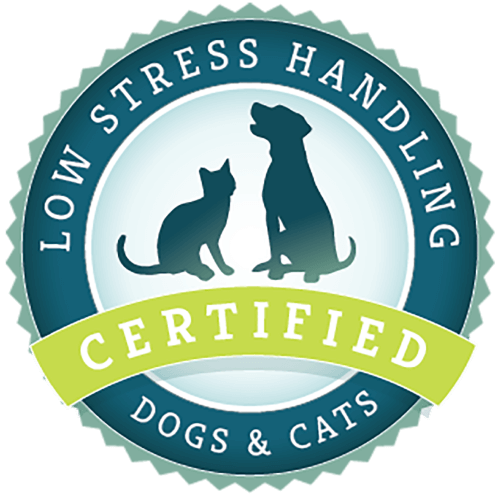What article are you looking for?
Category: I am a Student
Sedation Plus Treats for Counterconditioning
Many advantages and negligible risk to feeding treats in the veterinary clinic. Veterinarians and vet technicians are often impressed when they see the effects of successful counterconditioning on fearful animals: growling dogs stop snapping, and scared animals become more manageable. But as a consultant, the skeptical comment I keep hearing is: “… unfortunately we can’t feed treats because if we need to sedate animals at any time during the examination, feeding might increase the risk of Aspiration Pneumonia…” This is a valid concern, of course. Aspiration Pneumonia (AP) is a very serious disease. But how does the risk of AP
Exotic Animal Handling: Chickens
The gallus gallus domesticus is the Latin name for an animal we all think we know well: the humble chicken. But even an animal humans have been raising and breeding for thousands of years can have some surprising health needs you should know how to check on. From checking the abdomen for being egg–bound, to checking feet, wings, eyes, nose and mouth for health issues, exotic animal specialist, Dr. Susan A. Brown leads Dr. Yin through this examination with CattleDog Publishing’s own stunt chickens, BonBon & Coconut. This is a great resource for the growing population of backyard
Exotic Animal Handling: King Snake
How do you handle examining a snake? Unlike a dog or a cat, snakes can be problematic to hold in place. Dr. Yin introduces her colleague, Dr. Brown, who shows how to work with the snake to keep it calm and safe. Working with Pearl, our 1-year–old Arizona Mountain Kingsnake, Dr. Brown covers body condition and looking inside the mouth to check the teeth and the quality of the mouth and gum tissue, among other things. If you’ve ever wanted to know how you give a snake a shot, or where to find the lungs or the vent, then this
Exotic Animal Handling: Bearded Dragons
Floyd, a 3-year-old bearded dragon, needs a health checkup. But how can we give him one in a way that minimizes stress and keeps him safe? Dr. Yin introduces her colleague, Dr. Susan A. Brown, noted exotic animal medical specialist. Dr. Brown demonstrates safe handling with Floyd the Bearded Dragon, covering basic, Low Stress Handling examination techniques. She covers nutritional needs, light requirements, pupil reactions, skin – a whole range of basic health checks that work for many lizards. This 17-minute tutorial is a great beginning look at the care and handling of lizards for animal enthusiasts of all levels.
The Case of Finn, the Cat Who’s Afraid of Toenail Trims and the Vet
Intro by Dr. Sophia Yin In 2009, I produced the first and only textbook and DVD on Low Stress Handling of dogs and cats in the hospital or shelter setting. Since then the methods and philosophy have spread around the world. In this article, my colleague in the Netherlands, Dr. Valerie Jonckheer –Sheehy details how she used desensitization and counterconditioning to give a cat a pleasant toenail trim. The techniques used in this case are based on Dr Sophia Yin’s protocol for trimming the nails of an anxious dog. Counterconditioning for Toenail Trim Aggression 15 April 2014 History: The owner reports
Sedating the Killer Cat
A cat comes in to the hospital stressed to kill. What should you do? While cases like this are stressful for these fearful cats, they can cause just as much anxiety in experienced hospital staff as well as clients and other patients exposed to the sound of the loud struggles that ensue. Often we can completely diffuse the situation without even needing to talk the cat down. We can just move into a quiet, comfortable room and use some simple towel-wrap techniques like so. In other cases, in order to provide a thorough examination and the procedures the cat needs,

Low Stress Handling® Silver-Level Certification
Individual Certification at this level demonstrates to clients and employers the individual’s dedicated interest in Low Stress Handling®. Hospital Certification at this level demonstrates to clients and staff the hospital’s commitment to appropriately training staff in Low Stress Handling® methods.
Learn More
